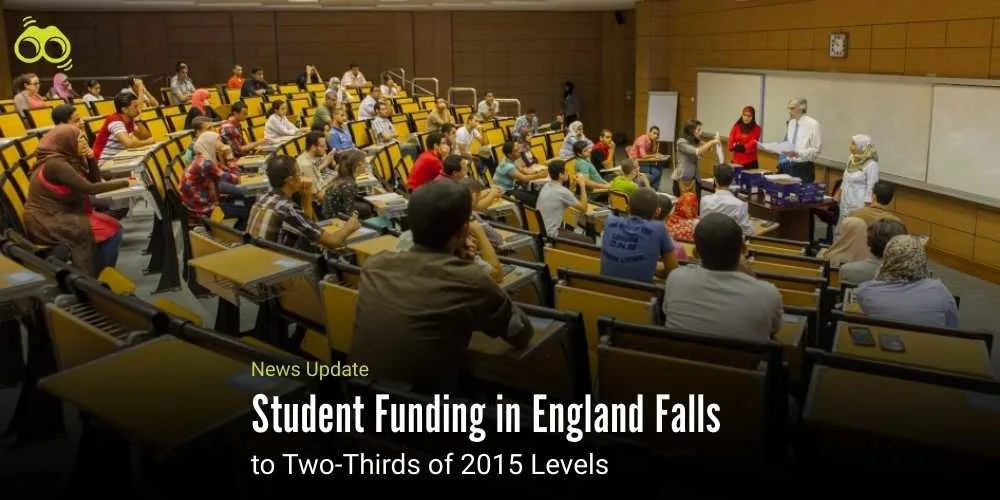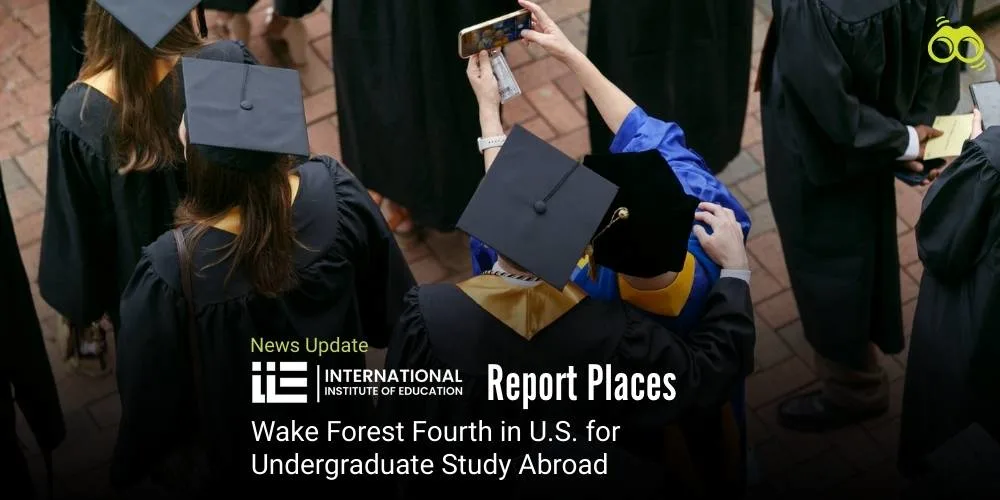China Sets Sights on Educational Innovation and Global Collaboration
Blueprint for Educational Success: China’s Educational Ambitions for 2035
When it comes to the best education system, Finland is often cited as the top performer. However, China's ambitious educational goals to build a world-leading education system by 2035, could set new benchmarks for educational excellence and innovation.
On January 19, China revealed an ambitious educational blueprint for 2024-2035, aiming to establish a world-leading education system by 2035 to reinforce its modernization and national rejuvenation efforts.The 2024-2035 master plan, aimed at making China a leading country in education, was jointly issued by the Communist Party of China (CPC) Central Committee and the State Council. The plan emphasizes creating an education system aligned with socialism with Chinese characteristics, focusing on ideological leadership, talent competitiveness, scientific foundations, livelihood security, social cohesion, and global influence. However, building a leading education system has been a long-standing goal since modern times, with the CPC setting a 2035 target. By 2027, China aims to establish a high-quality education system, enhancing talent cultivation and fostering innovative individuals.
By 2035, the plan aims for a high-quality education system with world-leading basic education, a fully developed learning society, and complete educational modernization. However, it is China’s first national plan to position itself as a global leader in education. The plan includes accelerating the development of advanced research universities, encouraging foreign science and engineering universities to offer programs in China, and promoting postgraduate degree programs.
The document stresses the need to align disciplines with advancements in science, technology, and national strategies. It calls for the creation of urgently needed disciplines, strengthening foundational, emerging, and interdisciplinary fields, and supporting less popular ones. The plan also aims to foster an environment encouraging exploration and failure, to cultivate high-caliber faculty and scholars. Wu Yan, the vice minister of education, stated in a September press conference that China had added 1,673 new undergraduate programs aligned with national strategies, while removing 1,670 programs that no longer fit the country’s economic and social development. He described this adjustment as "unprecedented."
New majors introduced include intelligent maritime equipment, intelligent material technology, and interdisciplinary engineering. South China University of Technology was the first to offer programs in soft matter science and engineering, and intelligent maritime equipment, supporting the upgrading of China’s strategic and high-tech industries in the Guangdong-Hong Kong-Macao Greater Bay Area. As of 2024, there are 1,308 undergraduate universities in China, offering 816 majors across 93 subcategories within 12 categories. Since 2012, educational authorities have added 21,000 undergraduate programs and canceled or suspended 12,000, according to the Ministry of Education.
The new blueprint emphasizes enhancing China’s capacity to attract global talent, with plans to expand youth exchanges and launch 800 international summer school projects over the next three years. China aims to invite 50,000 American teenagers and 10,000 French teenagers for exchange programs within the next five and three years, respectively. The document emphasizes China's goal to expand academic exchanges, research collaboration, and support for Chinese universities in international scientific programs. Chinese scientists are leading projects like Deep-time Digital Earth and Ocean Negative Carbon Emissions. China also aims to engage in global education governance and support international STEM education institutions.
Furthermore, the document stressed the importance of monitoring demographic shifts across various school-age groups in basic education. It called for advancing high-quality, balanced development and urban-rural integration in compulsory education, while also cultivating more master craftsmen and highly-skilled workers. China's 2024-2035 educational blueprint has the potential to significantly impact both domestic and global education landscapes, giving a tough competitive edge in educational standards.
Editor's Note:
China's 2024-2035 educational blueprint marks a bold step toward establishing itself as a global leader in education. With a focus on innovation, talent development, and global collaboration, this plan aims to create a high-quality education system by 2035. The emphasis on advancing research universities, attracting international talent, and fostering academic exchanges will have a significant impact on both China and the global education landscape. As China pushes forward with these ambitious goals, the international education community should stay attentive to how these changes may shape the future of education worldwide.
Skoobuzz views the goal of China’s 2024-2035 educational blueprint as a transformative initiative that could reshape the global education landscape.














0 Comments (Please Login To Continue)